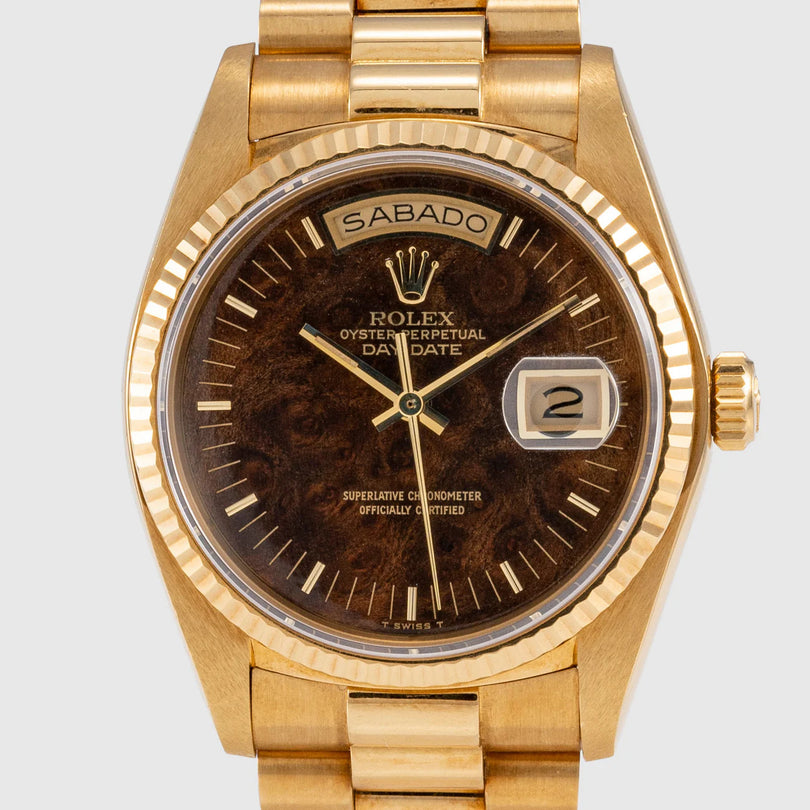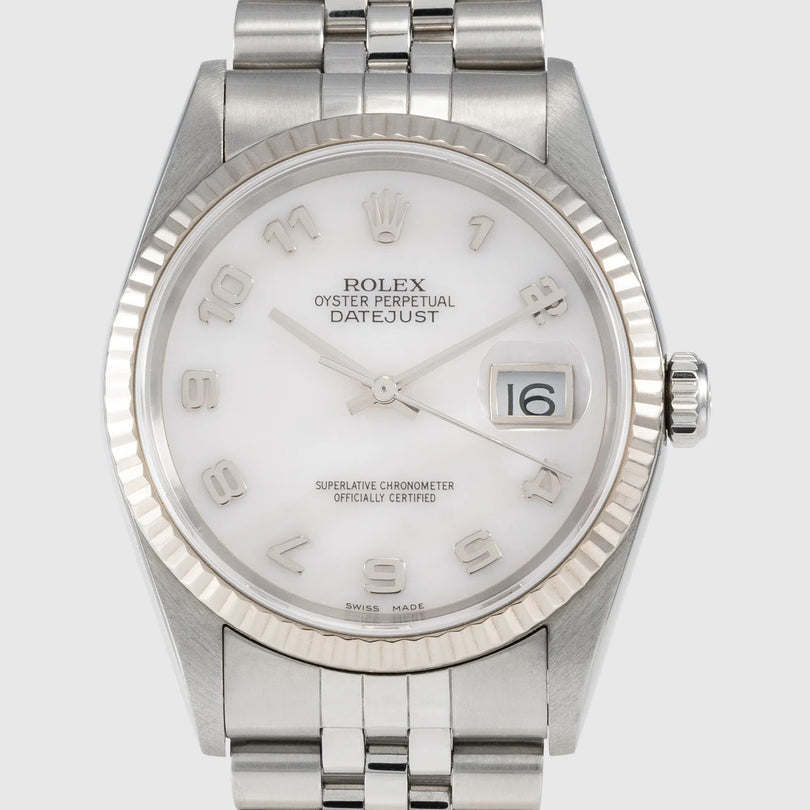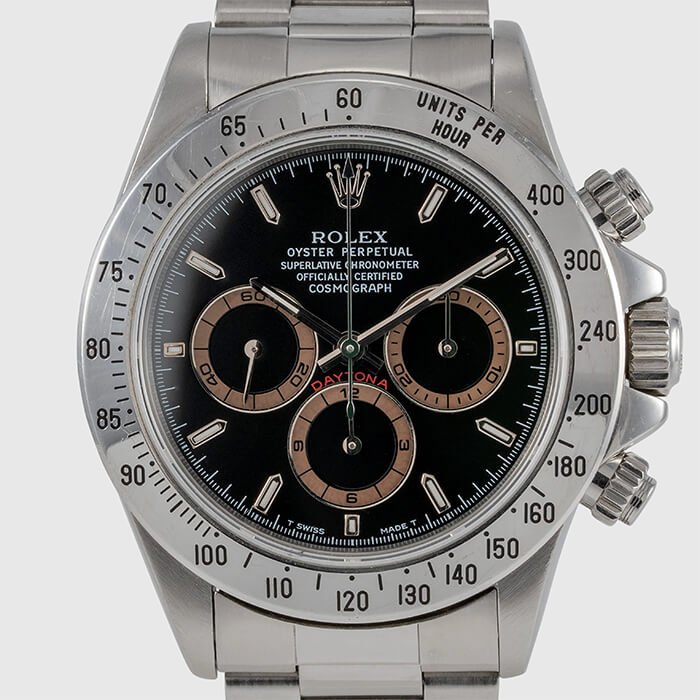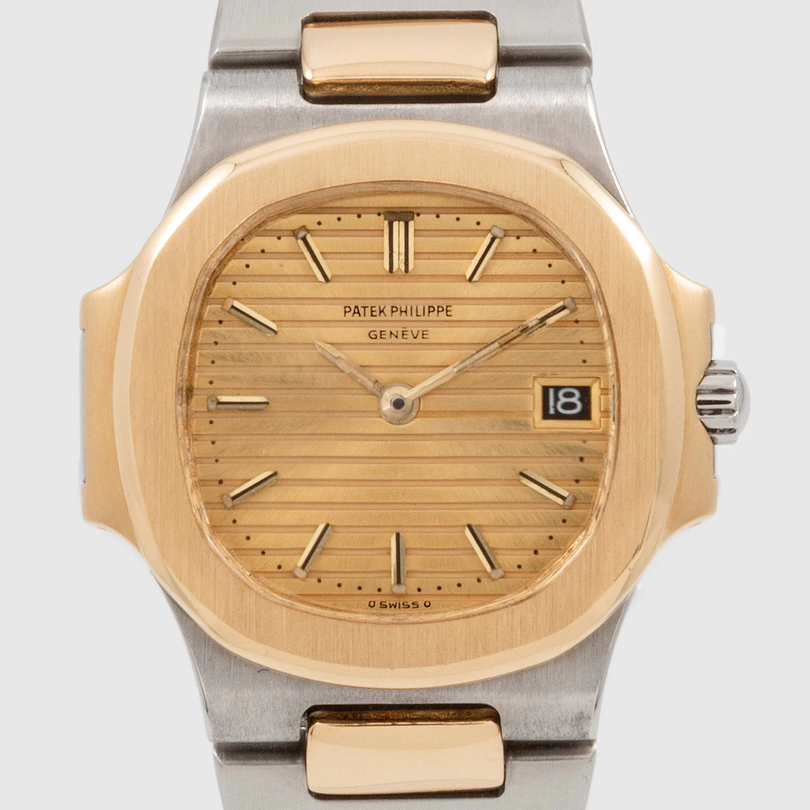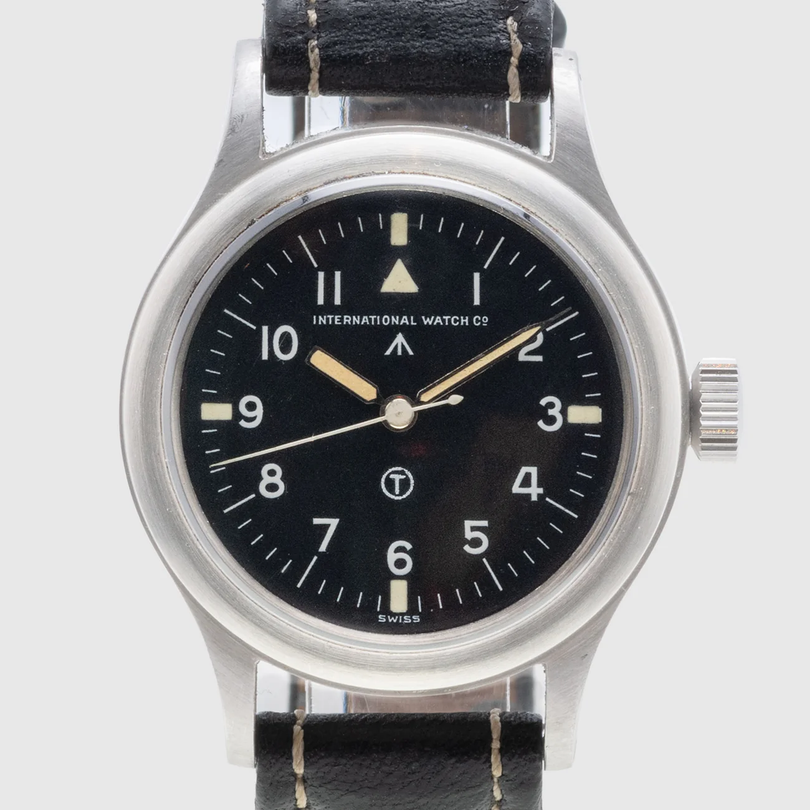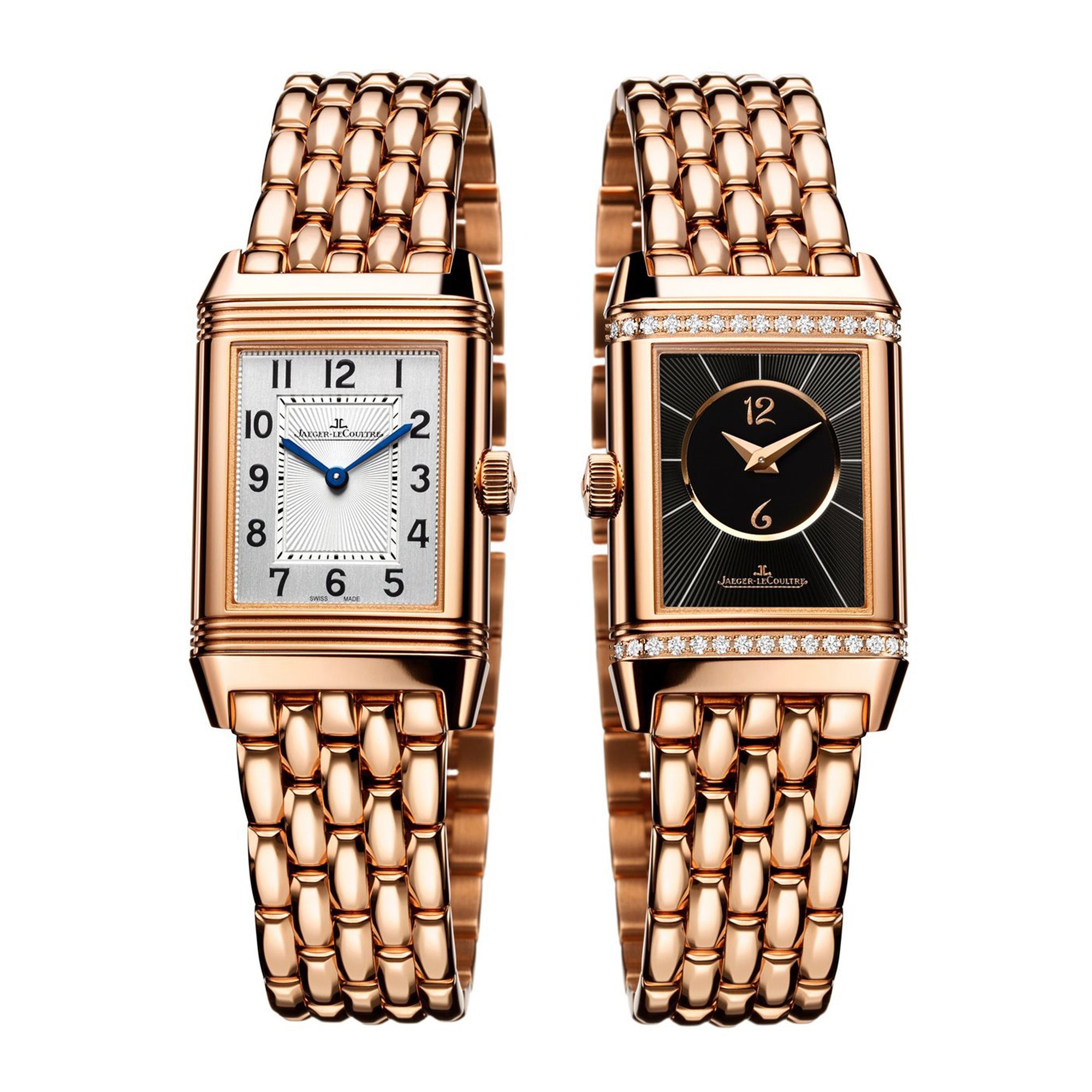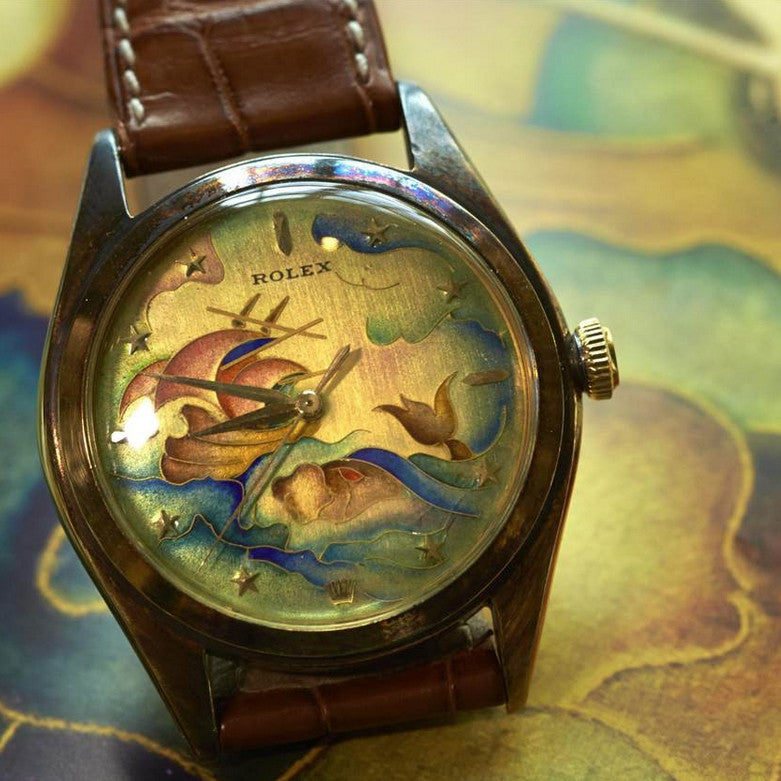
With the prices for gold per ounce sitting at over $1,100, and the comparative price of stainless steel at under $100 – it’s only logical to wonder why a luxury watch manufactured from stainless steel would command a higher price than a gold one.
Not only that, but how could a stainless steel watch break the world record for the most expensive watch sold on auction? It’s a question I’ve had to answer on more than one occasion, and it deserves a little explanation, especially in the light of recent events.
Earlier this month, those attending the Geneva Watch Auction ‘Four’, hosted by Phillips in Association with Bacs & Russo got to see a dramatic 13-minute bidding war for a very special watch.
Sam Hines, the international head of watches at Phillips told CNN: "One thing that is fascinating about this sale is that there were eight bidders bidding for this watch and it wasn't until the price reached CHF 7 million that two remaining buyers started to battle to secure the sale,"
For Aurel Bacs, the man wielding the gavel, and probably the best-known name in world luxury watch auctions, the event was a personal milestone too. Speaking on the Phillips platform, he said:
“Throughout my career, I have been longing for the day when I would be entrusted with the sale of a Patek Philippe reference 1518 in steel. Many collectors have also long awaited this occasion, which for sure will be a day to remember in Geneva.”
His prediction hit the mark. It was a day that will be remembered in auction history.

The watch, a Patek Philippe reference 1518 has been called “mythical” by some watch collectors – and the fact that it’s made from stainless steel actually makes it more desirable than the gold counterparts.
In fact, sold for $11,136,642, shattering the previous world record for any watch sold on auction.
But here’s the interesting detail: On the same day, two other reference 1518’s were sold – one in pink and one in yellow gold. Both were sold – and although they reached satisfactory selling prices - around $1,4 million and $600,000 respectively, they came nowhere close to the mark of the stainless steel version of the same watch.
Why such a disparity? To answer the question, let’s look at the bigger picture.
Commonly, steel graded as 316 LS is the benchmark for the material used by high quality watchmakers. But there are many more grades, and Rolex, for example, produces unique metals in their own foundry. One of these is a material known as Rolesium, a combination of 904L stainless steel and 950 platinum.
Stainless steel is normally an alloy of iron, chromium, and nickel, making it highly resistant and malleable. It is also known for its inability to be tempered and for its incredible polished finish – still, it’s not gold. Obviously, there’ more to it.
The Patek Philippe 1518 was introduced in 1941, and the first ever perpetual calendar with a chronograph. During those dramatic war years, Patek Philippe produced what was to become a milestone in horology. The ref. 1518 was the watch that put the brand at the top. Today these are highly coveted by serious collectors.
Fewer than 300 reference 1518s were made in total, and the vast majority of them were produced using yellow gold, with roughly 20% in rose gold, and only four in steel. All four belong to private collectors, and the last one sold over a decade ago.
What appeals to watch connoisseurs – especially those looking to buy a supreme trophy watch in this price range – is the immaculate complexity of the watch and the contrast with the humble and simple material. And more importantly – this one is incredibly rare.
The Patek Philippe family of perpetual calendar chronographs is an icon for collectors, and taking into account the provenance, and the condition of the watch, it starts to make more sense.
This was not the only stainless steel watch to achieve fantastic results on auction. Last year at the Geneva Watch Auction: One, a Patek Philippe Ref. 130 was the most expensive vintage stainless steel wristwatch ever to be sold – at the time – coming in just shy of $5 Million.
A stainless steel split seconds chronograph, reference 1436, was sold by Phillips in November 2015 for $3,301,000. Another stainless steel chronograph, ref. 1463, sold at the same auction for $1.21 million.
On the upper end of the luxury watch market, style and rarity, together with provenance are the factors that determine a watch’s value. So ironically enough, if you’re looking to invest in a trophy watch, stainless steel might ultimately be a better investment than gold.


